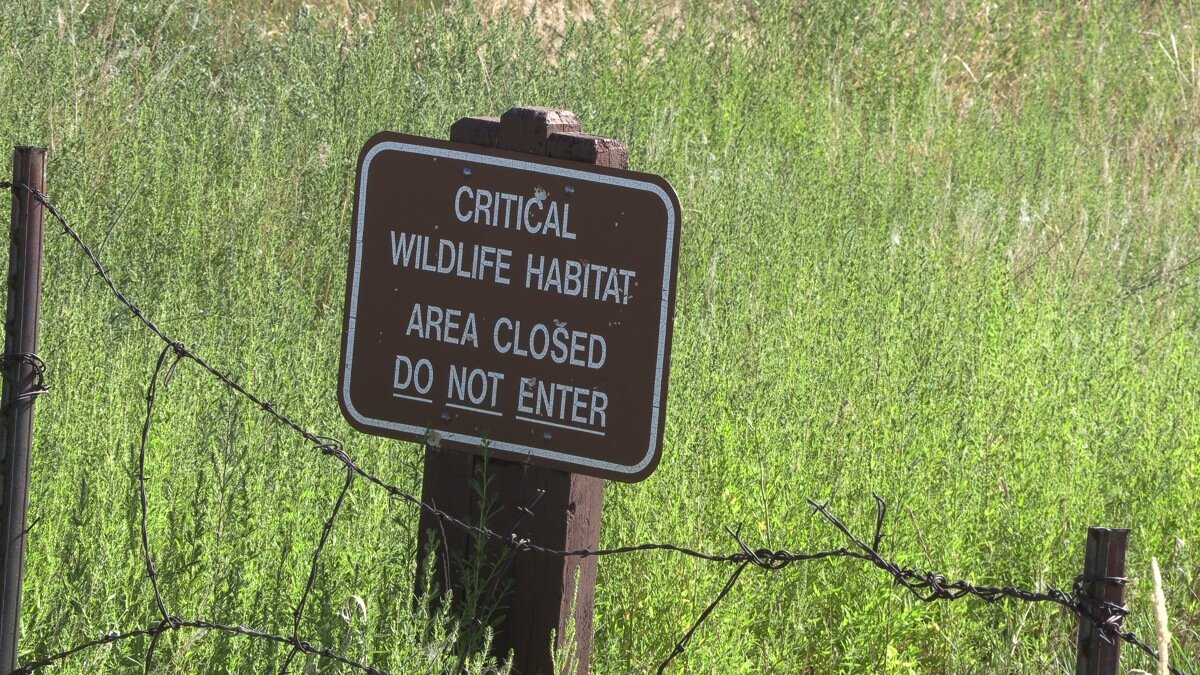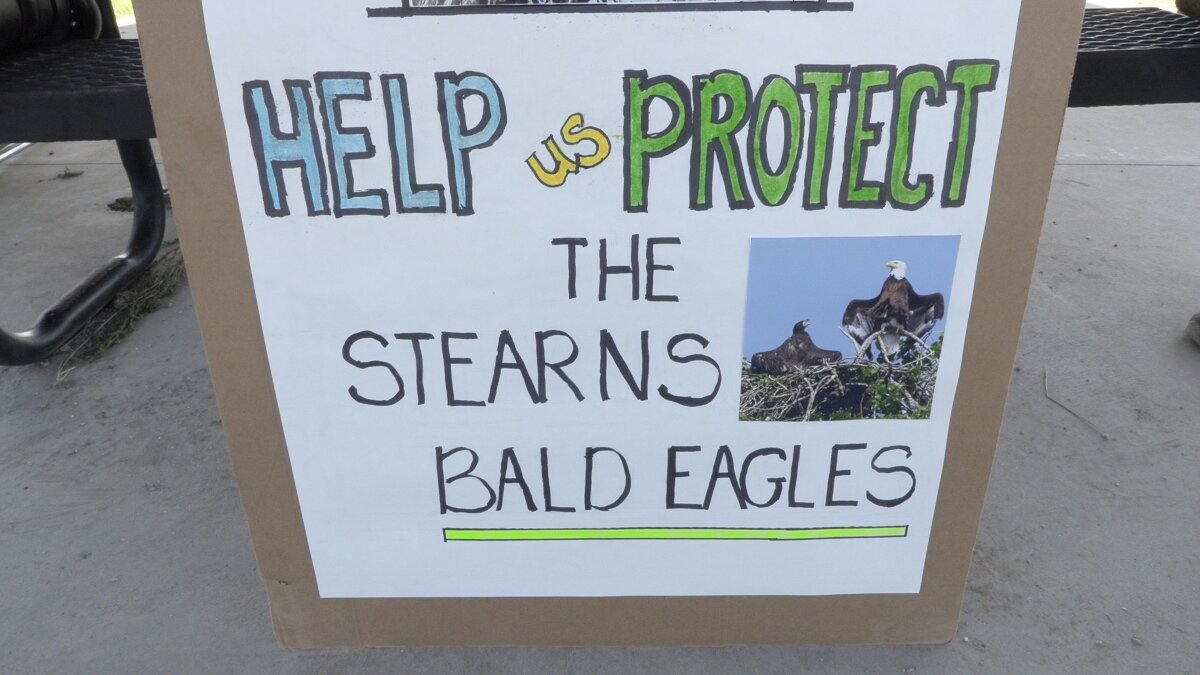A nonprofit wants people to avoid a trail near an eagle nest. Park officials say it's not so simple.

BOULDER, Colo. — “I feel as though there is so much pressure. There is so much human growth and development that is happening here on the Front Range. I deeply would like to see what we have left reserved and respected,” said Dana Bove.
Bove is the board president for the nonprofit Front Range Nesting Bald Eagle Studies, which focuses on the study and conservation of bald eagles in Colorado. Recently, Bove has been working to make sure visitors to the Carolyn Holmberg Preserve at Rock Creek Farm in Boulder County know that they are in the presence of an eagle family.
Bove said that joggers, hikers and cyclists who use the preserve’s Craddleboard Trail can be detrimental to the development of nesting eagles in the area. Since Boulder County Parks and Open Space (BCPOS) re-opened the trail, Bove said, visitors can now get too close to the eagle habitat, which can scare the birds away.
Stefan Reinold, the Resource Management Division Manager for BCPOS, explained that the ideal distance between people and fledging eagles is a quarter mile. But Reinold said the eagle nest near the Craddleboard Trail is unique in that the trail “pre-dated the nest.”
“One of the things that [Colorado Parks and Wildlife] CPW talks about is, if there is an activity already occurring before a nest is established, that activity can technically continue,” Reinold said. “But of course we want to find ways to minimize the disturbance of the nest.”
While CPW also recommends “seasonal restrictions continue to be implemented until the chicks have fledged,” Reinold explains that this is rule only applies when the eaglet is present in the nest. If it is not, this rule does not apply. As for the situation at the Carolyn Holmberg Preserve, the fledgling no longer sits in the nest.
“Having said that, when we do notice there is an eaglet down on the ground that is still kind of lingering around the nest, we do extend the closure,” said Reinold.

Bove said same bald eagle pair had abandoned a previous nesting site in 2019. He also explained eagles obtain over half of their prey around their nest, so disturbance from people can disrupt a raptor’s basic needs.
“They need a particular sized area to provide from themselves, to hunt,” Bove said.
Researchers with CPW are trying to figure out why bald eagles are settling in urban areas that are often disrupted by construction and other human activity. The agency is conducting a multi-year study to learn why the eagle population is booming in "unconventional" areas along the Front Range.
As for Bove, his passion is what drives his research.
“I love doing research. I love these birds. I moved out to Colorado in 1972 to go to school because I wanted to enjoy what was here,” Bove continued. “The wealth of the habitat, the mountains — I still have that ... I still have that love."

Bove’s overall recommendation to the public is to refrain from taking a stroll, jog or bike ride through the trail because of the eagle family and its one fledgling.
Reinold said there is signage around the preserve that asks people to keep moving and to not stop in certain areas close to the nest. He also said rangers occasionally walk the trails to monitor loitering.
Lindsey Ford is a multimedia journalist at Rocky Mountain PBS. You can reach her at lindseyford@rmpbs.org.